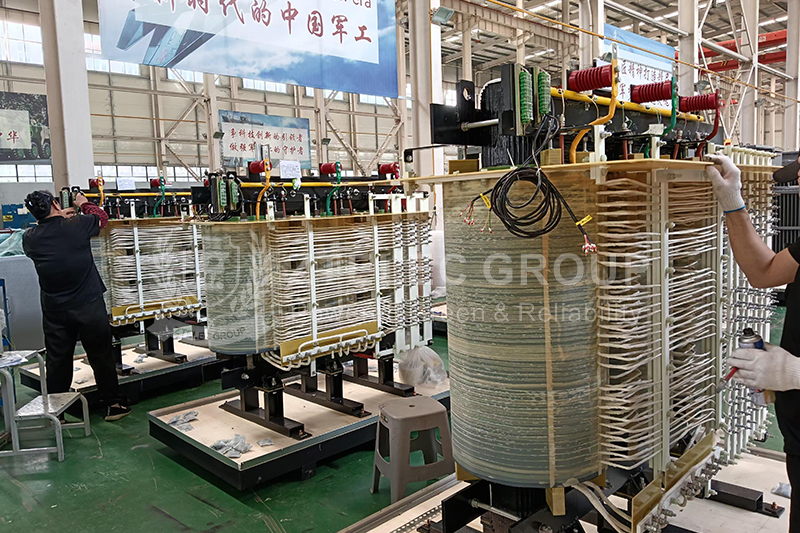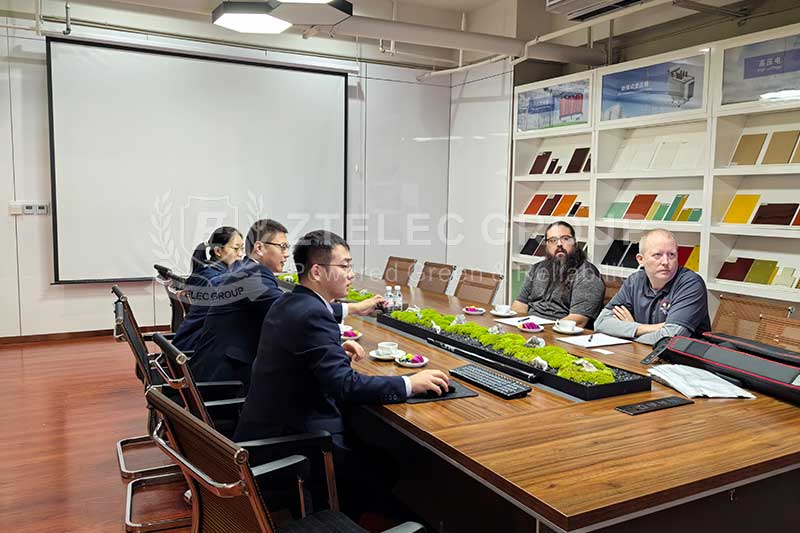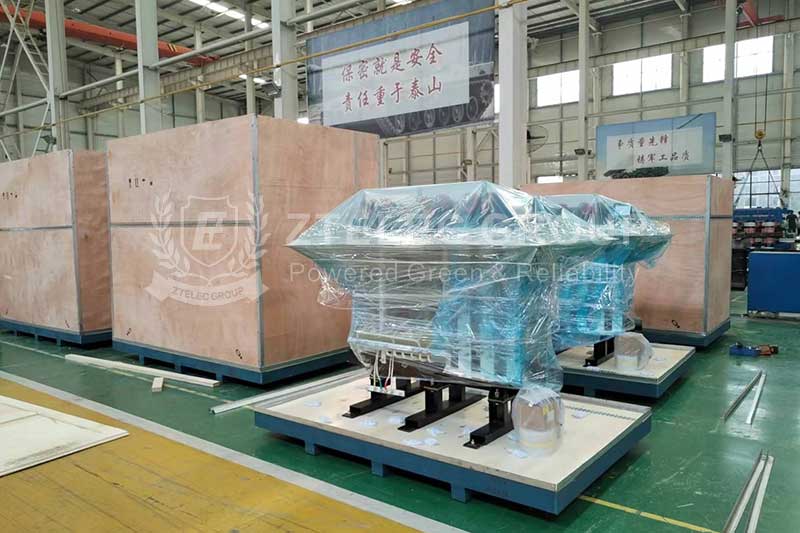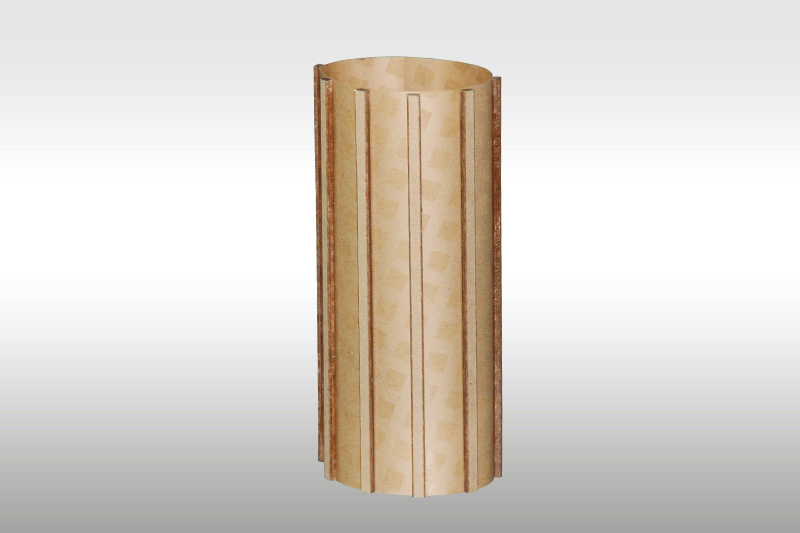What are the limitations of dry type transformer?
As a transformer that does not use liquid coolant, dry-type transformers have many advantages such as good fire resistance, environmental protection, high mechanical strength, and flexible installation. They are widely used in places that require high fire safety standards and limited space. However, dry-type transformers also have some limitations, which may affect their use in specific application environments.
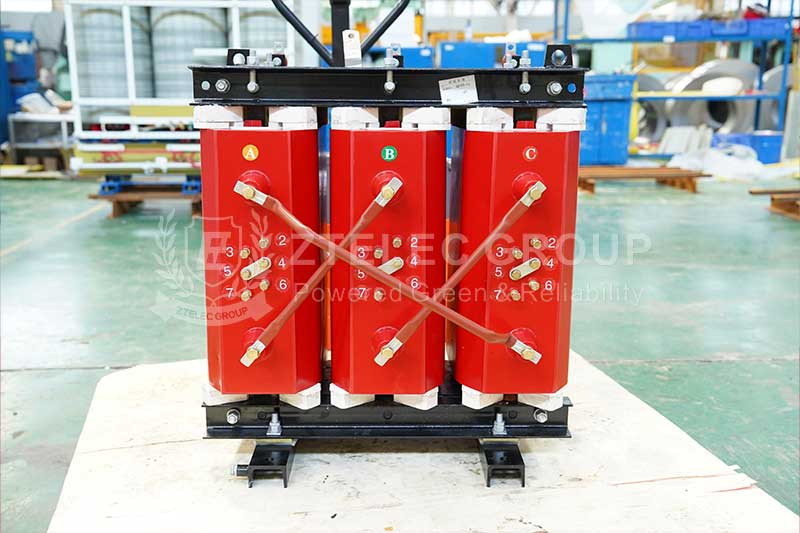
What are the limitations of dry type transformer?
1. Relatively high manufacturing cost:
Compared with oil-immersed transformers, dry-type transformers have higher manufacturing costs. This is because dry-type transformers need to use high-temperature heat-resistant materials, such as special insulation materials and conductor materials, to extend their life and improve performance. The prices of these high-performance materials are usually high, resulting in an increase in the overall manufacturing cost of dry-type transformers. This limits its application in low-cost projects to a certain extent.
2. Limited adaptability to harsh environments:
Dry-type transformers can usually only be installed indoors, and their adaptability to extreme environments such as high humidity and high temperature is relatively weak. For example, in a humid environment, the insulation material of the dry-type transformer is easily affected by moisture, resulting in a decrease in insulation performance; in a corrosive gas environment, the insulation material may be corroded, shortening the service life of the transformer.
3. Large leakage reactance:
Since the core of the dry-type transformer is made of stacked silicon steel sheets, its magnetic permeability and magnetic resistance are relatively small, resulting in a large no-load current, which in turn makes the leakage reactance relatively large.
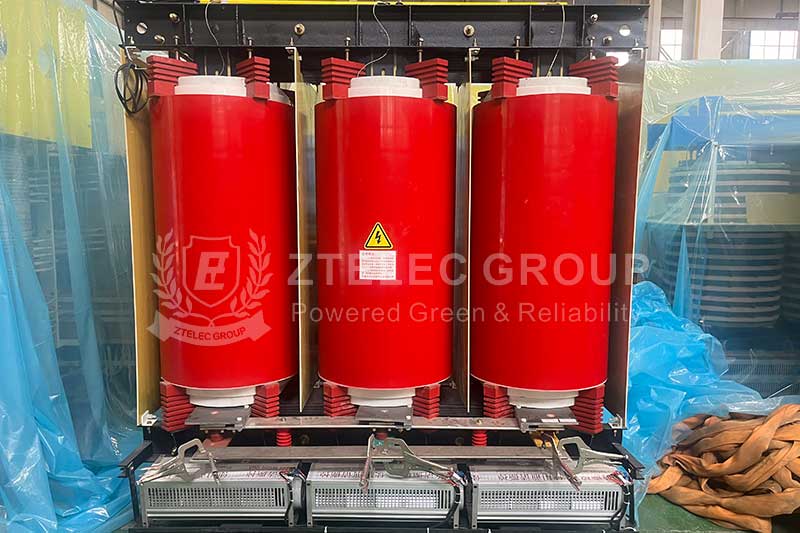
4. Poor heat dissipation:
Dry-type transformers usually rely on natural air convection or forced air cooling for heat dissipation, which is different from the oil-immersed transformers that dissipate heat through oil circulation. Since the thermal conductivity of air is much lower than that of oil, the heat dissipation efficiency of dry-type transformers is relatively low. Especially under high load or high temperature environment, the temperature rise problem of dry-type transformers is more prominent, which may cause the transformer to overheat and affect its normal operation.
5. High maintenance difficulty: Although no special maintenance is required during normal operation, once a dry-type transformer fails, such as a coil breakage, the difficulty and cost of repairing and replacing it will increase significantly.
6. Noise problem: Dry-type transformers will generate certain noise during operation. Especially when running under high load, the noise problem is more obvious. Although the noise level of dry-type transformers is usually lower than that of oil-immersed transformers, in some occasions with high noise requirements (such as hospitals, schools, etc.), the noise problem of dry-type transformers may still affect their application.
Although dry-type transformers have many advantages, they also have some limitations in the application process. These limitations may affect their use effect in specific application environments. Therefore, when selecting and using dry-type transformers, it is necessary to fully consider their characteristics and limitations, and make comprehensive considerations and trade-offs in combination with actual application needs.
- more+releated article
- 2025-10-21Application of K Factor Transformer
- 2025-10-21Detailed explanation about transformer model w
- 2025-10-2010kV Oil-Immersed Transformer Safety: Lightnin
- 2025-10-20What are The Advantages of Phenolic Cotton Clo
- 2025-10-17Are Three-Phase Isolation Dry-Type Transformer
- 2025-10-17G10 Epoxy Sheet: Choosing the Right Specificat
- 2025-10-1610kV Oil-Immersed Transformer Operation Inspec
- 2025-10-163240-B Epoxy Phenolic Glass Fiber Cloth Lamina
- 2025-10-15G10 Epoxy Sheet: The Preferred Insulation Mate
- 2025-10-15Analysis of Energy-Saving and Noise Control Te

